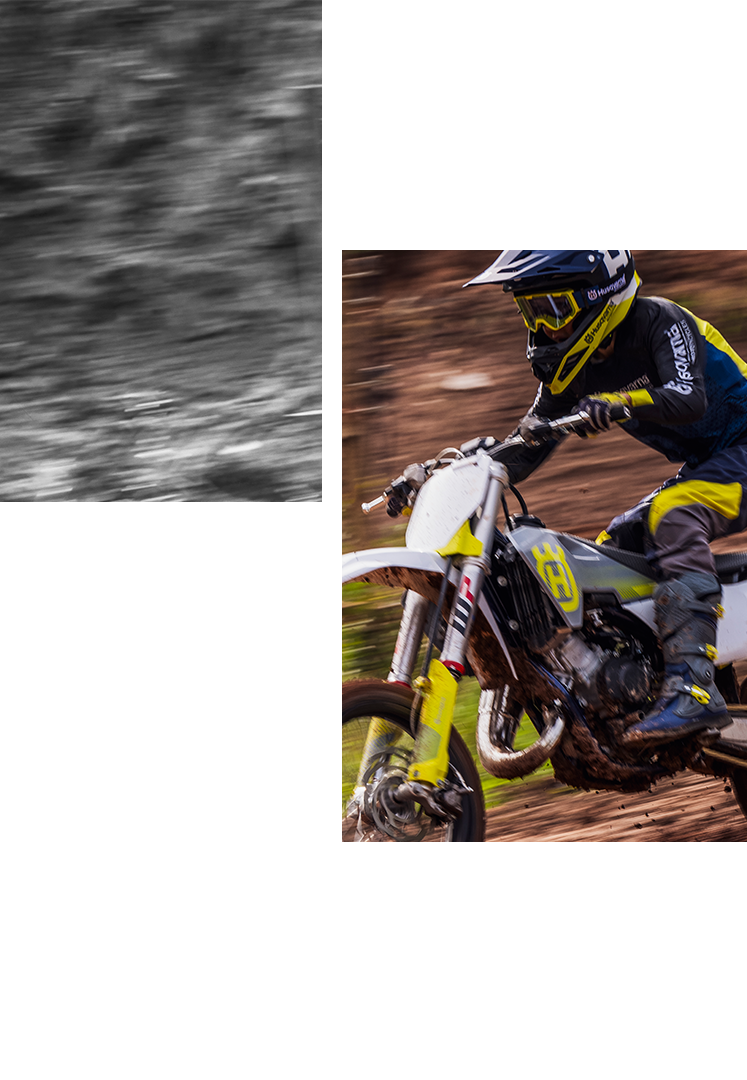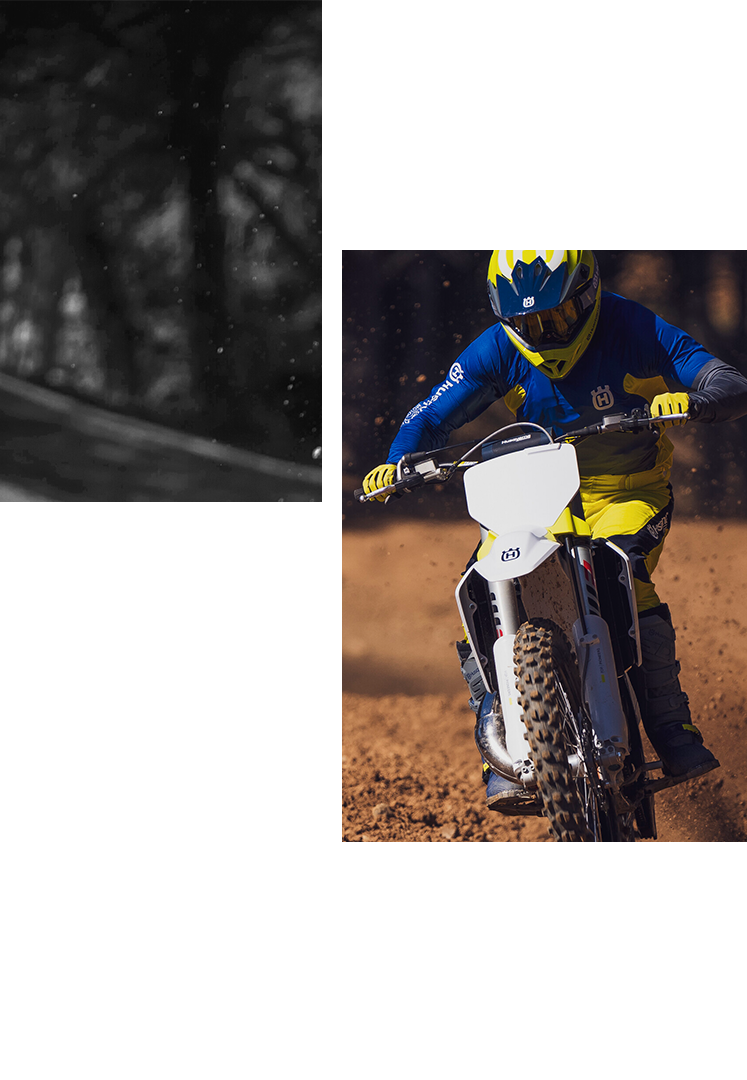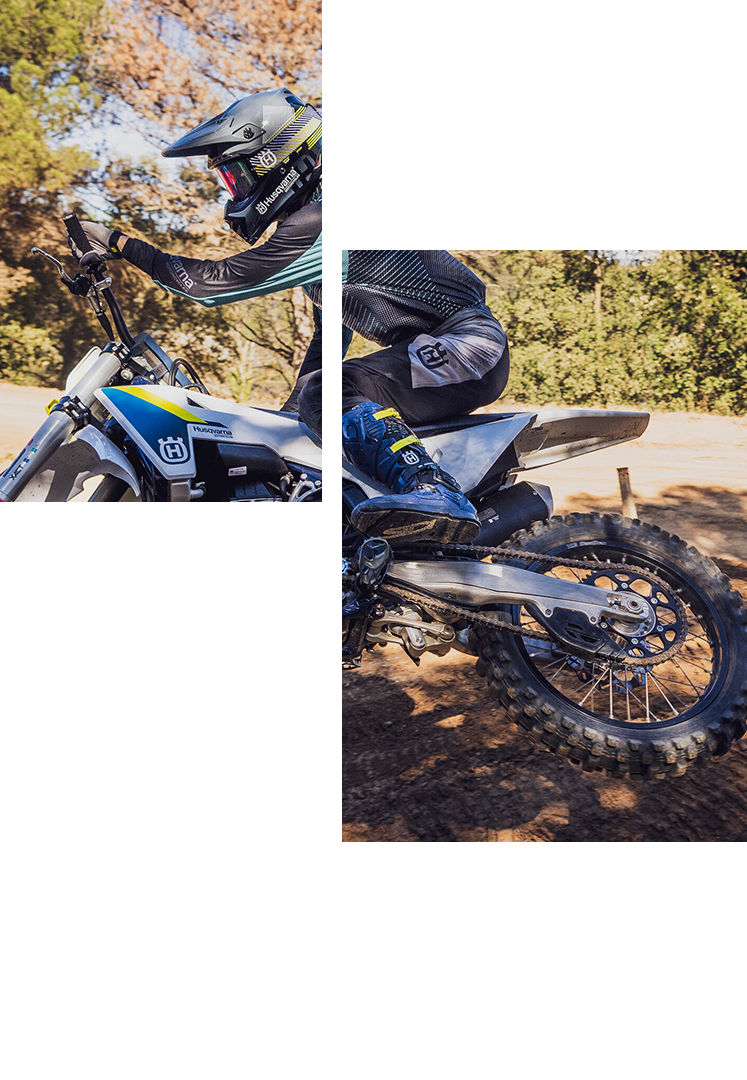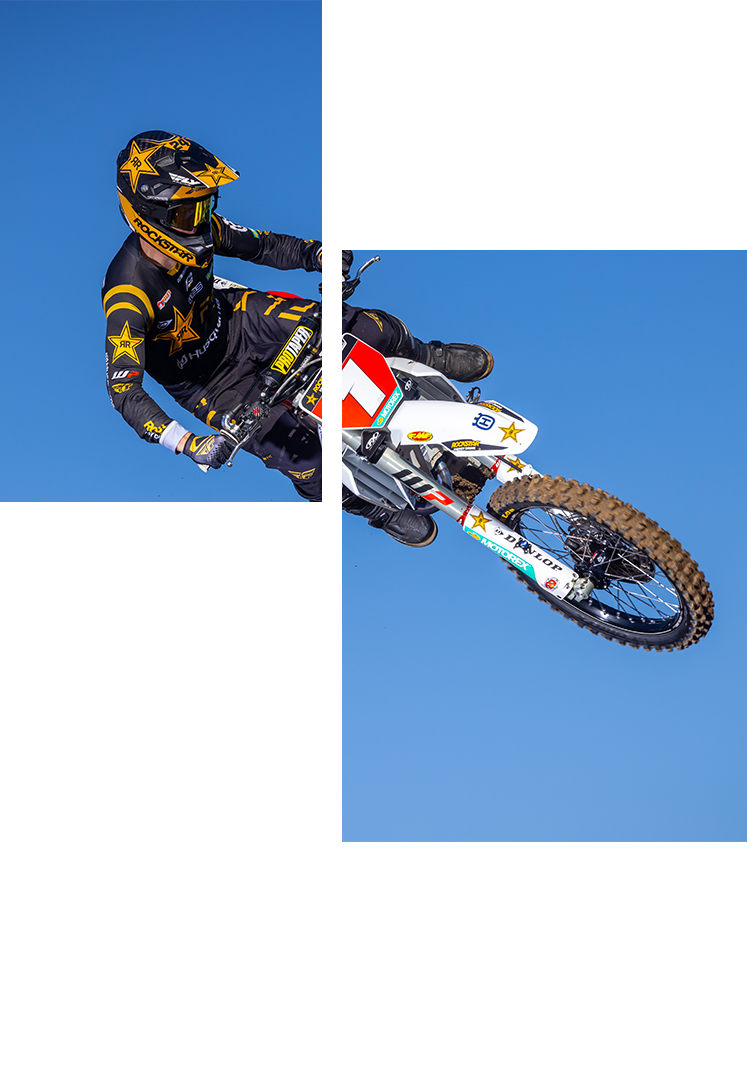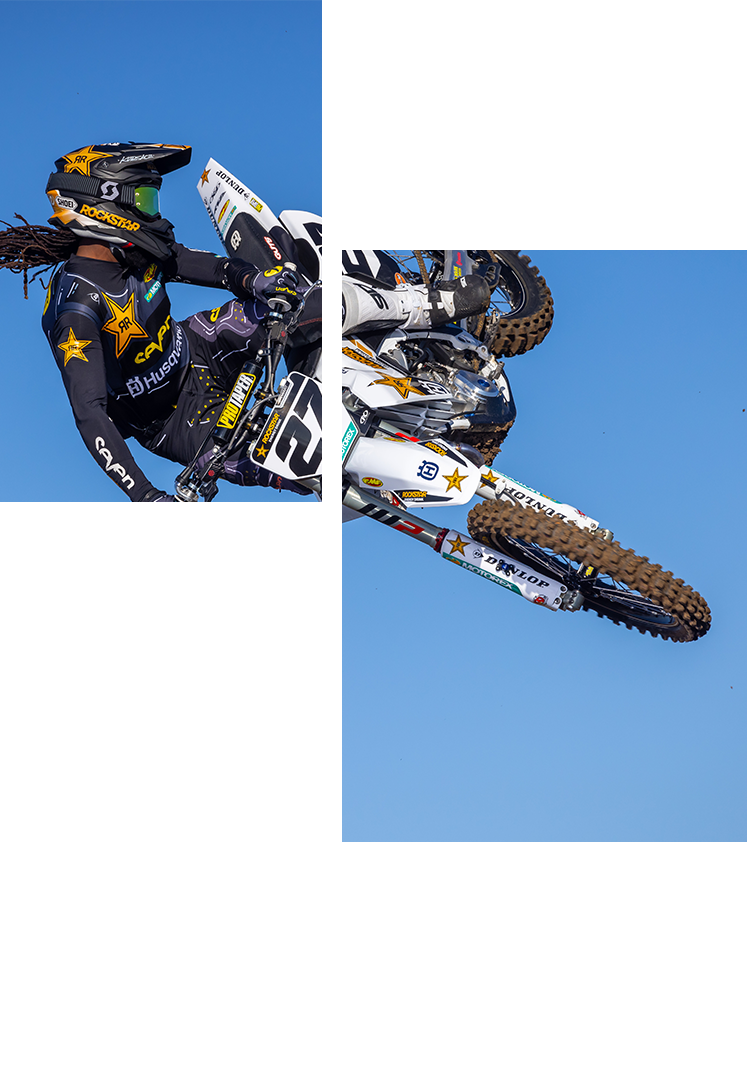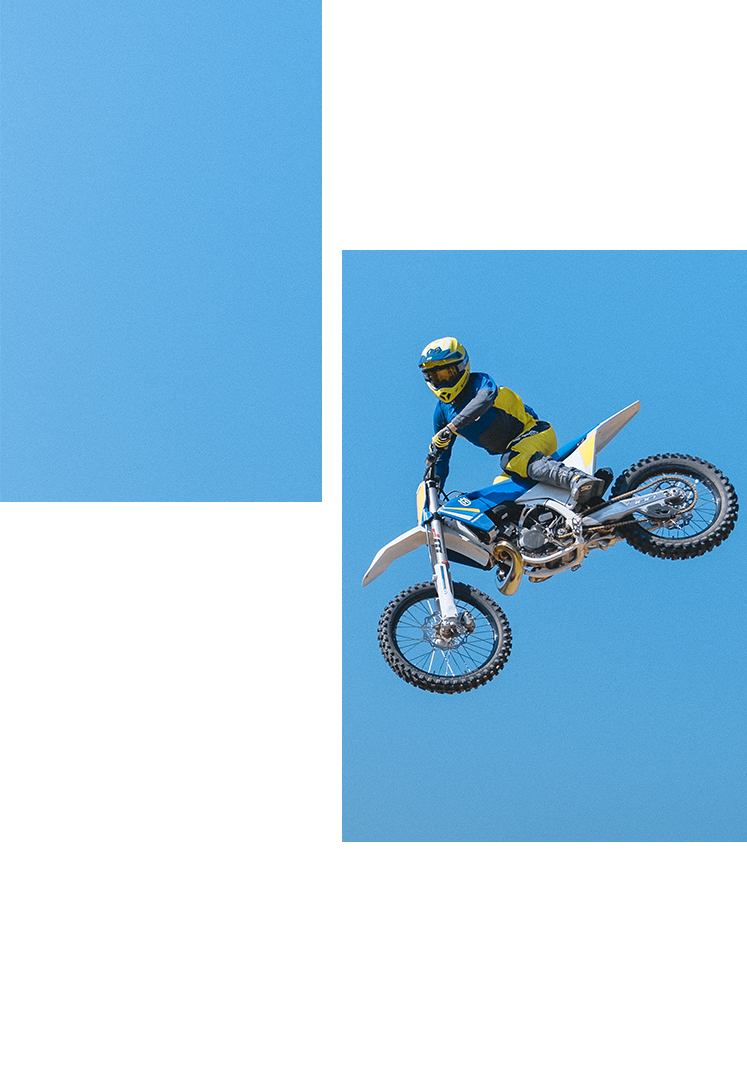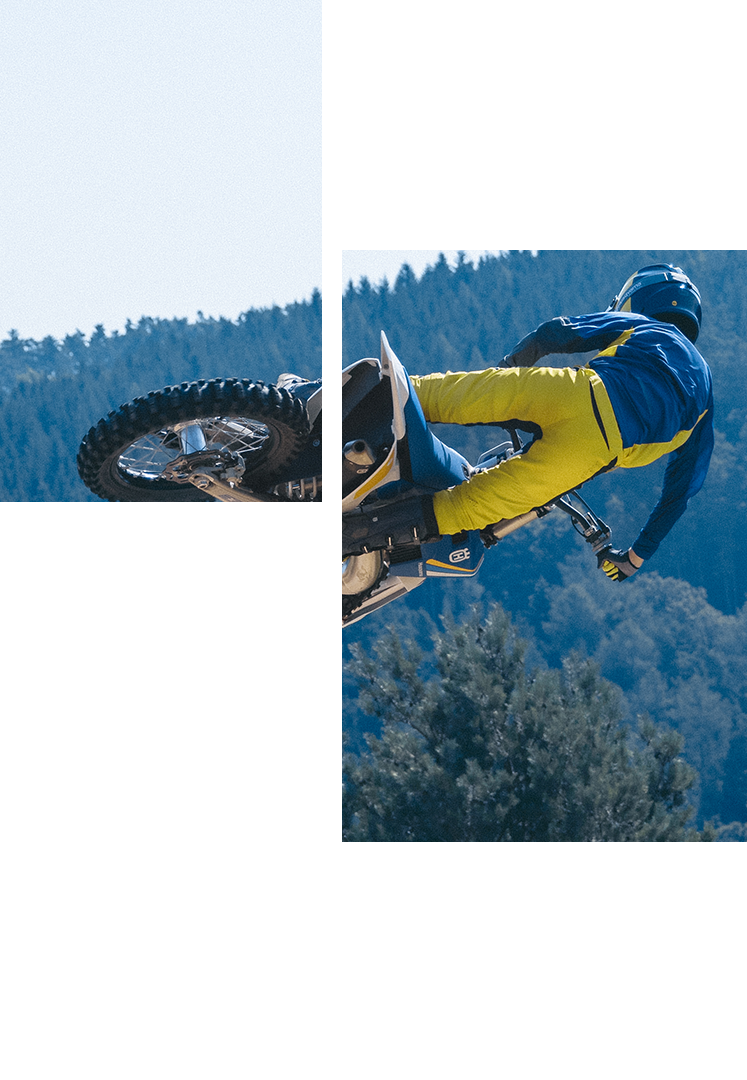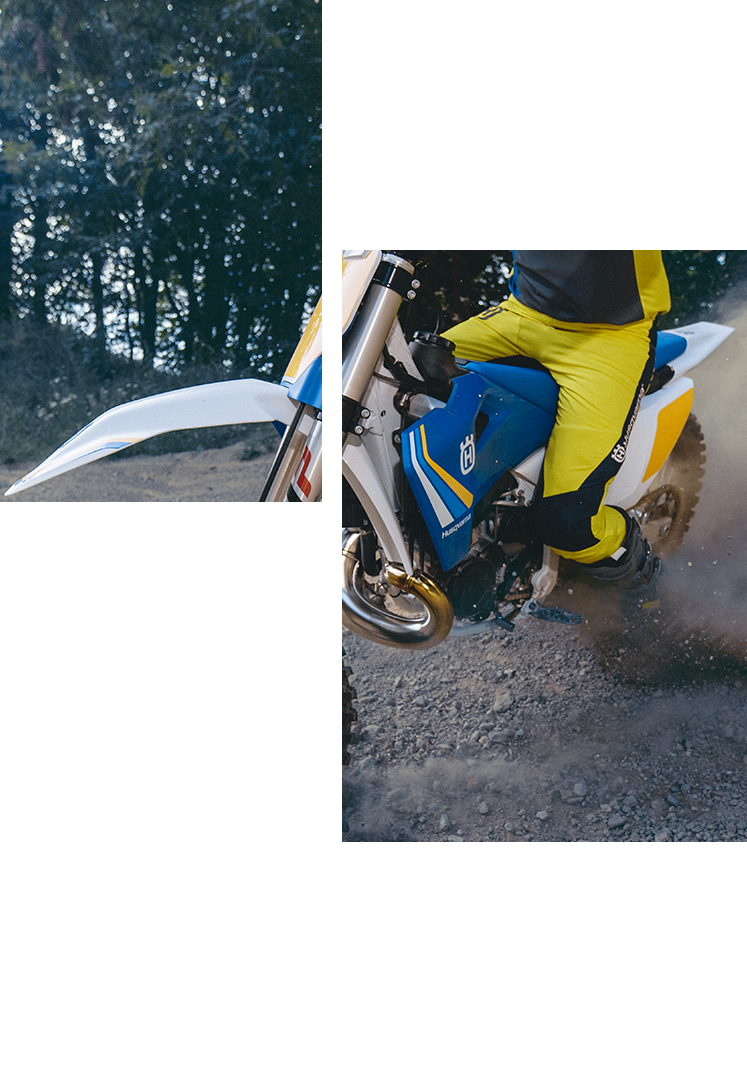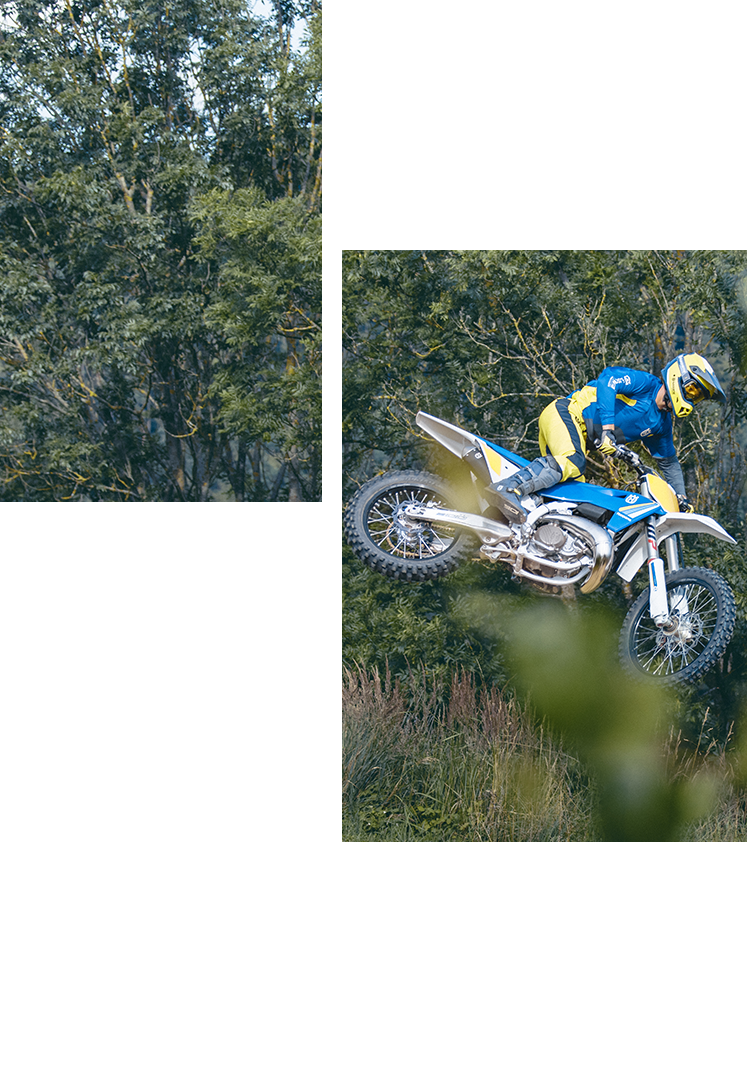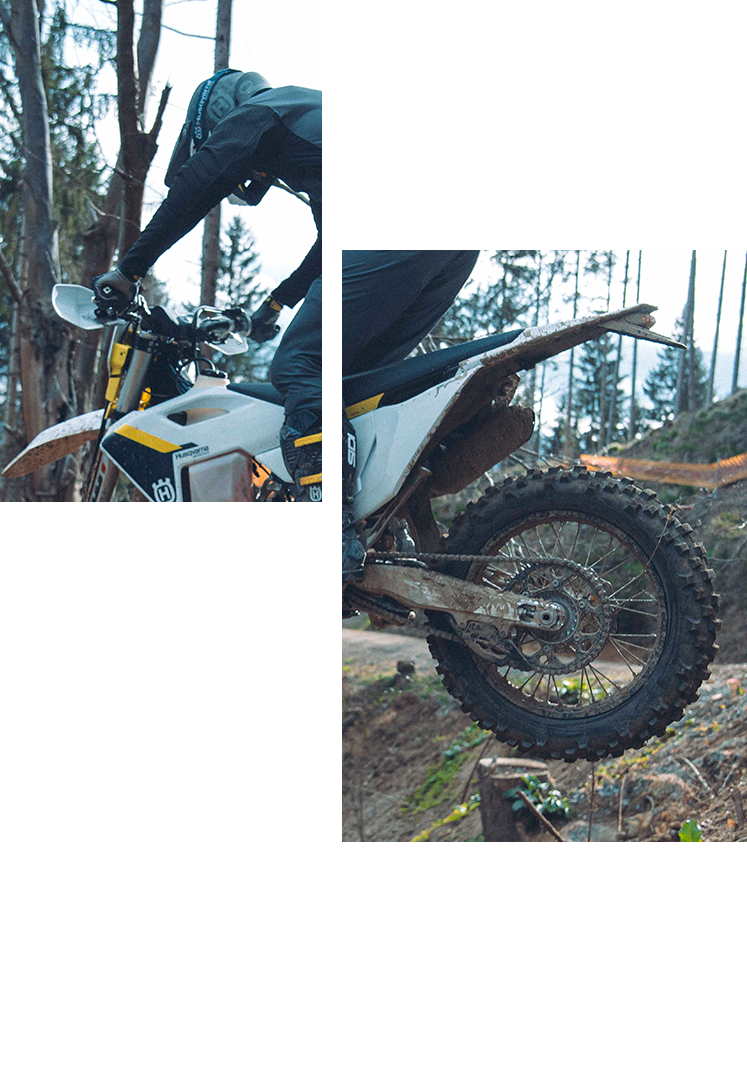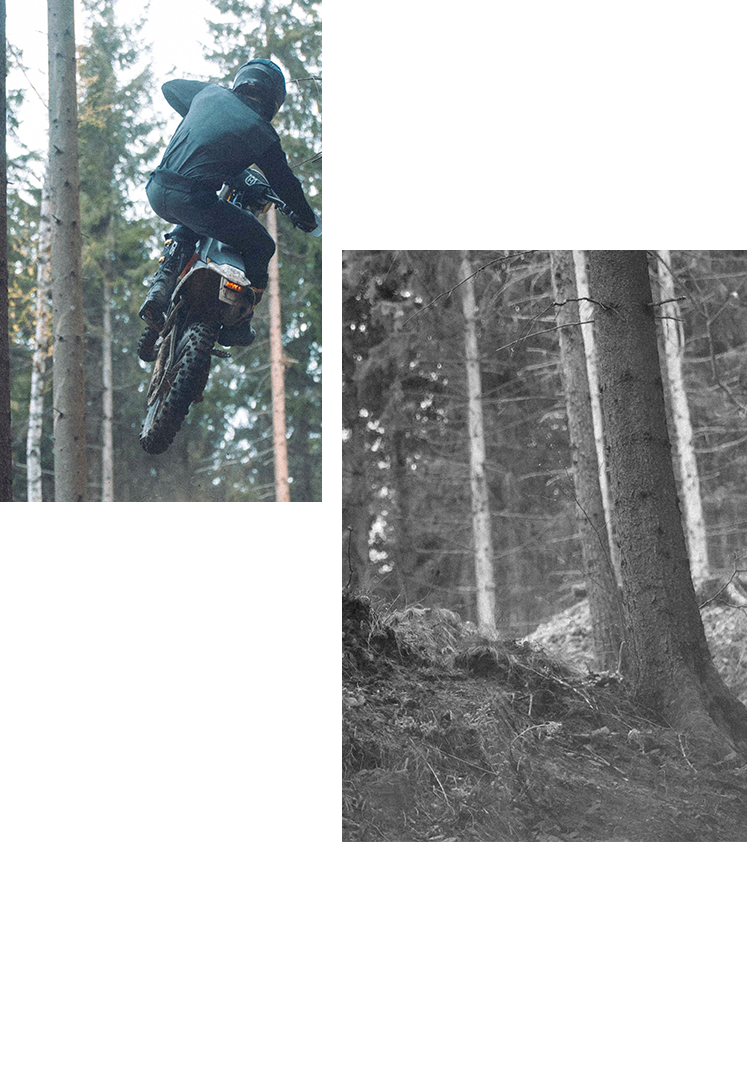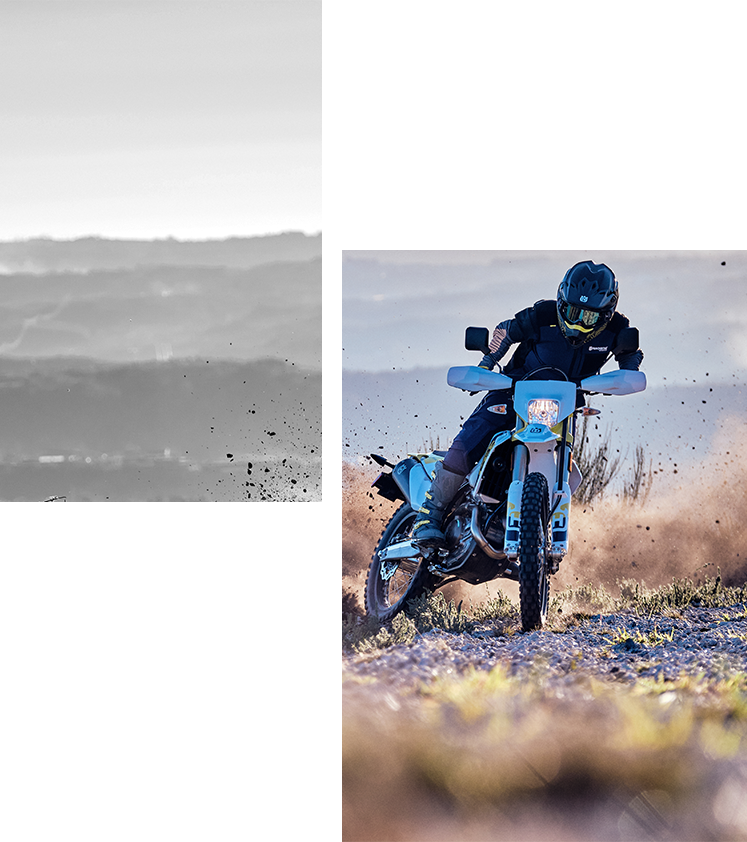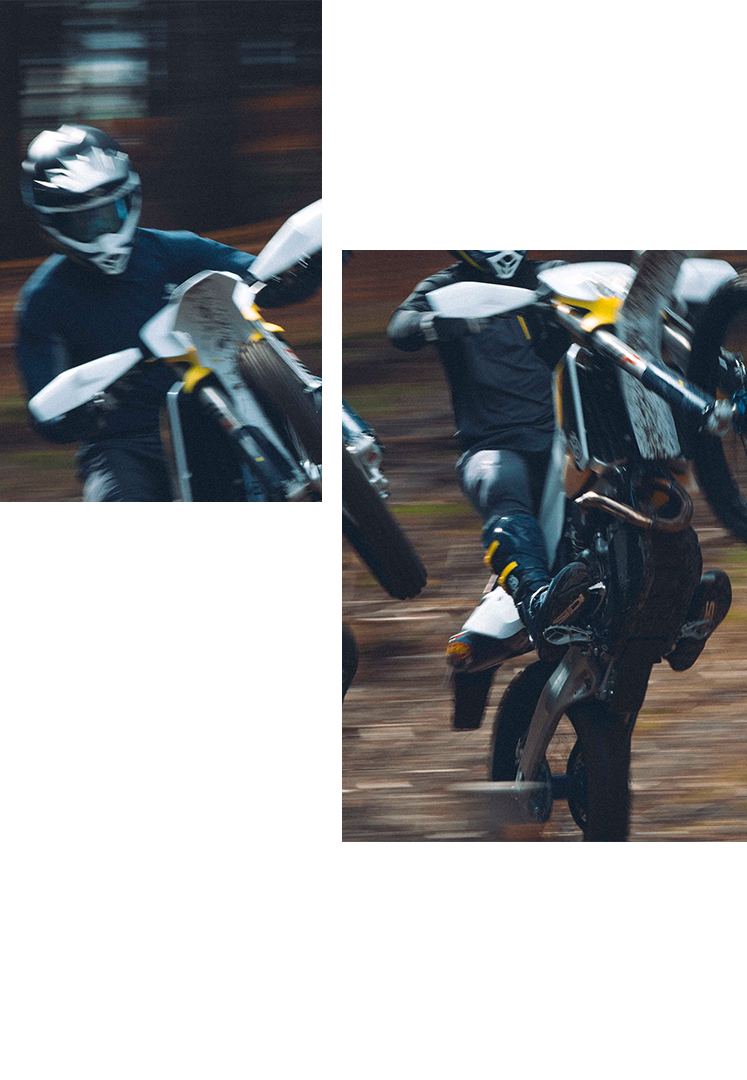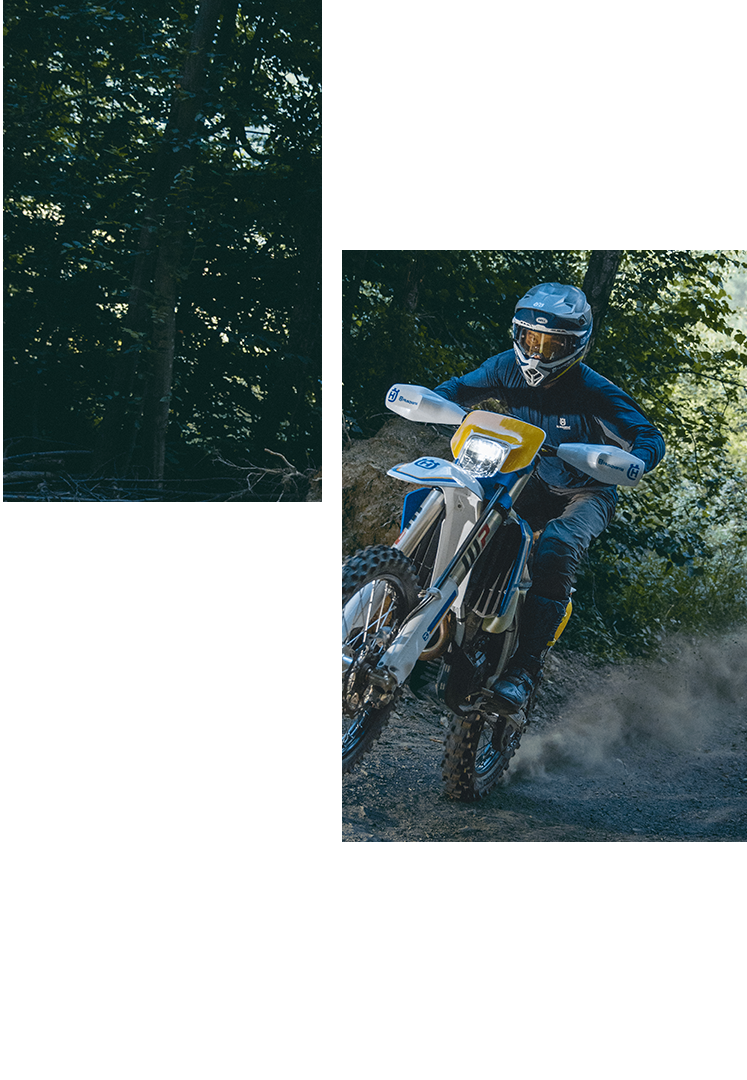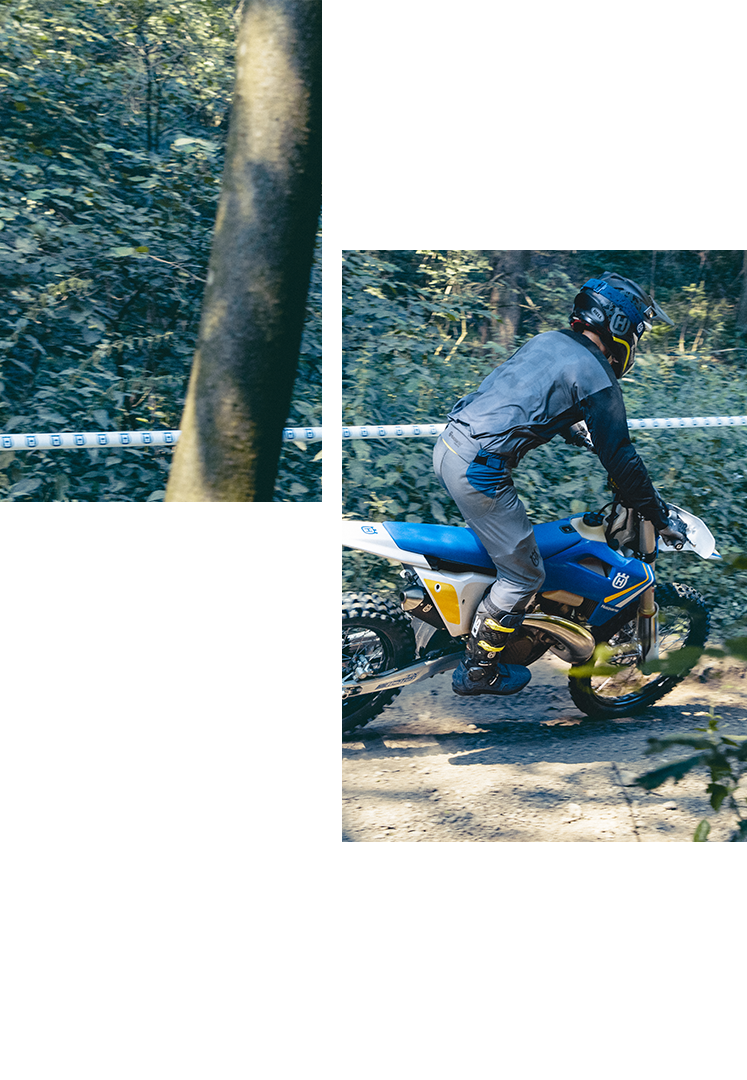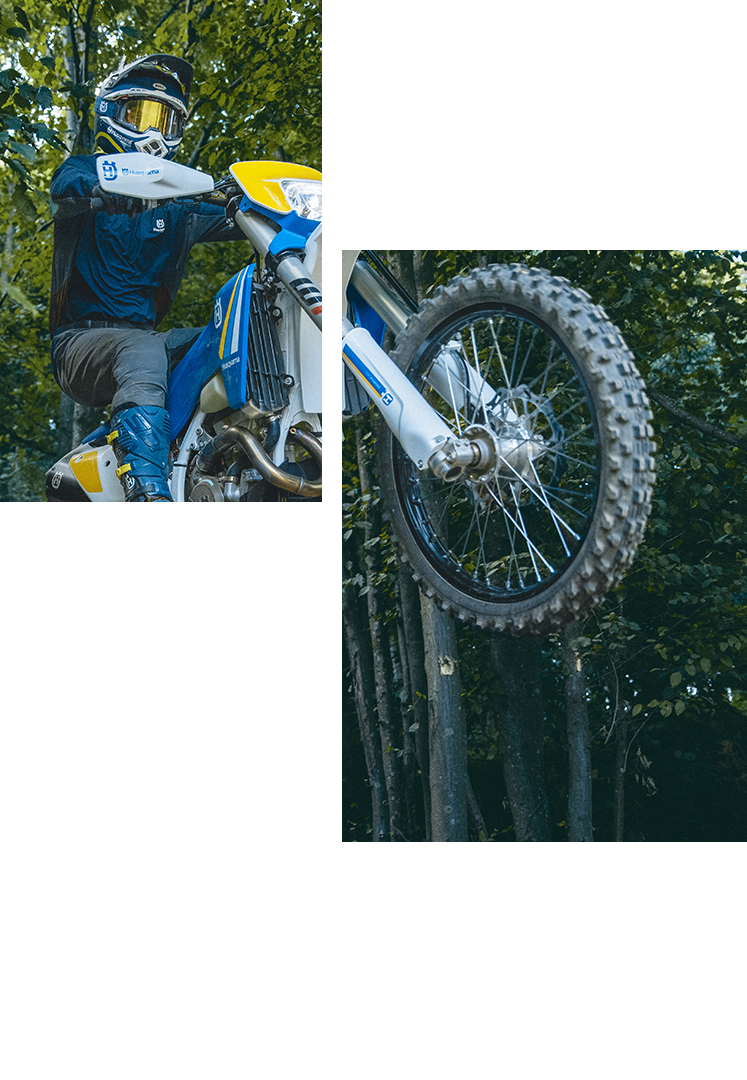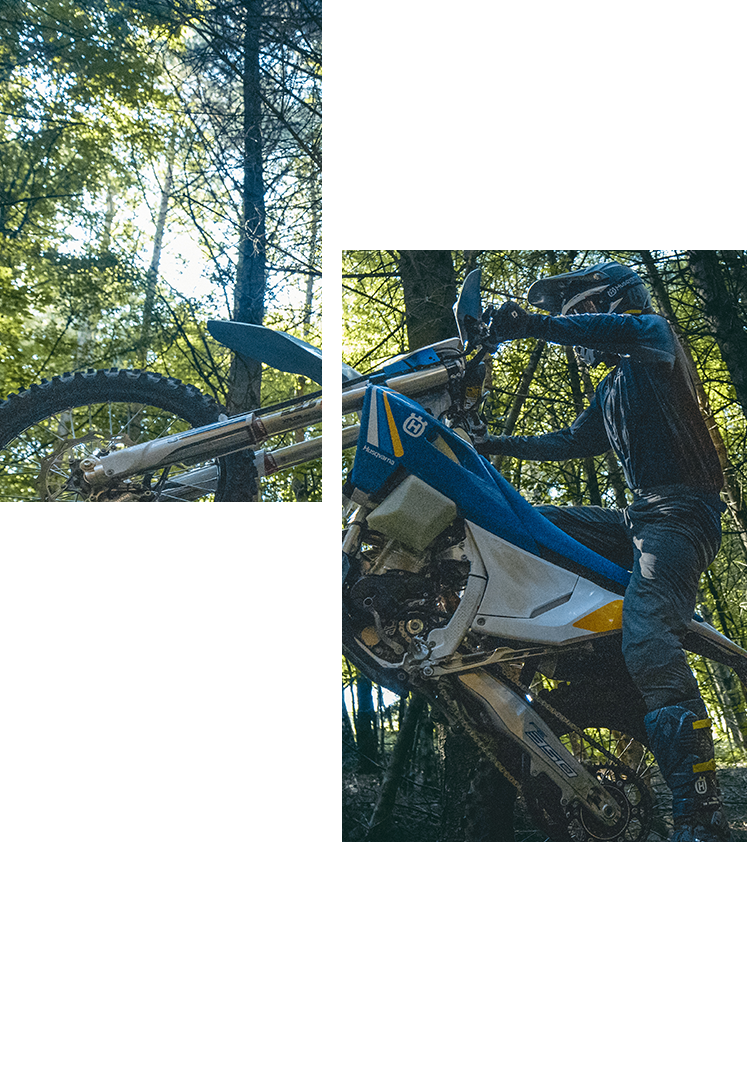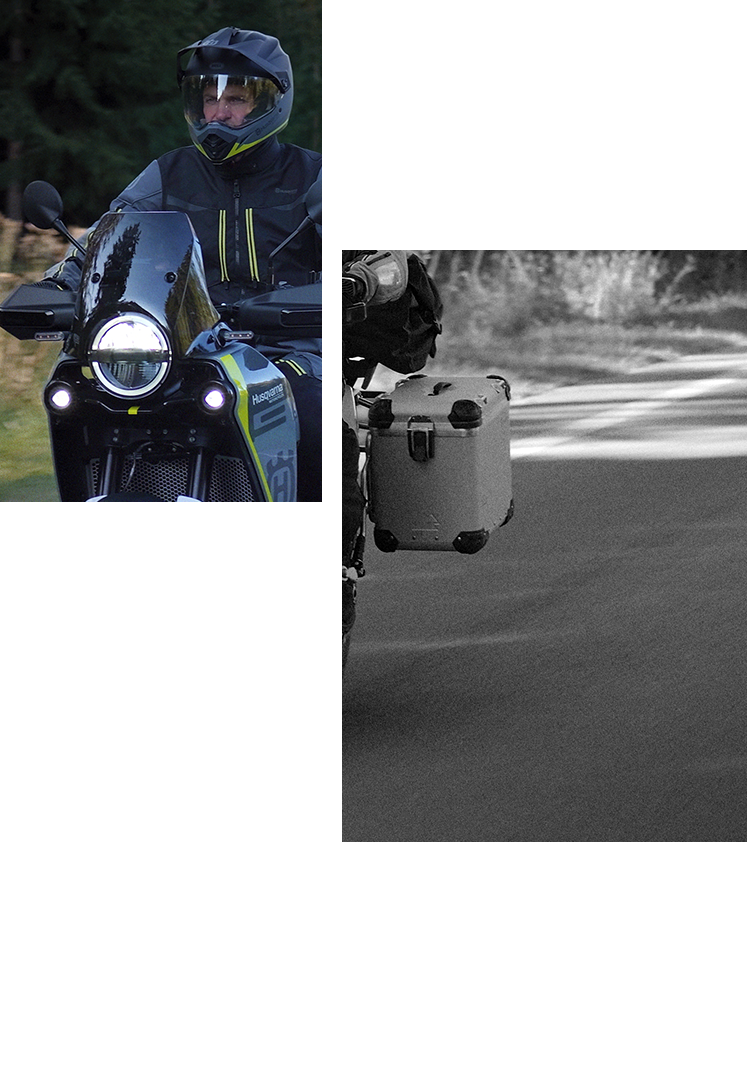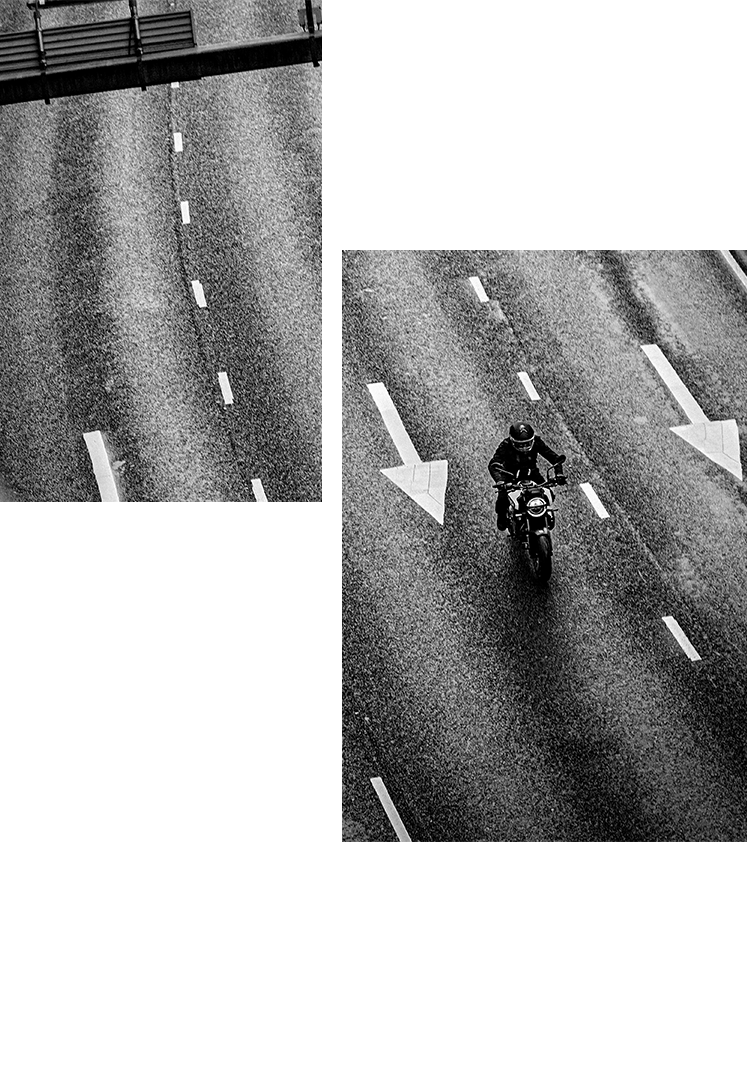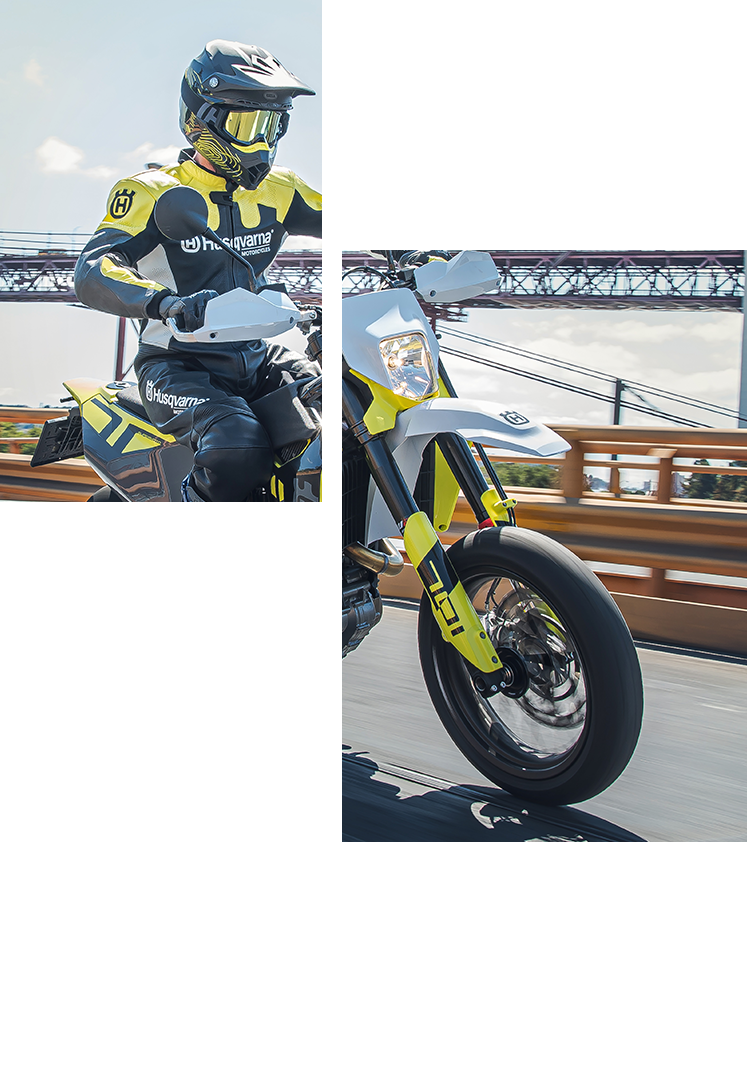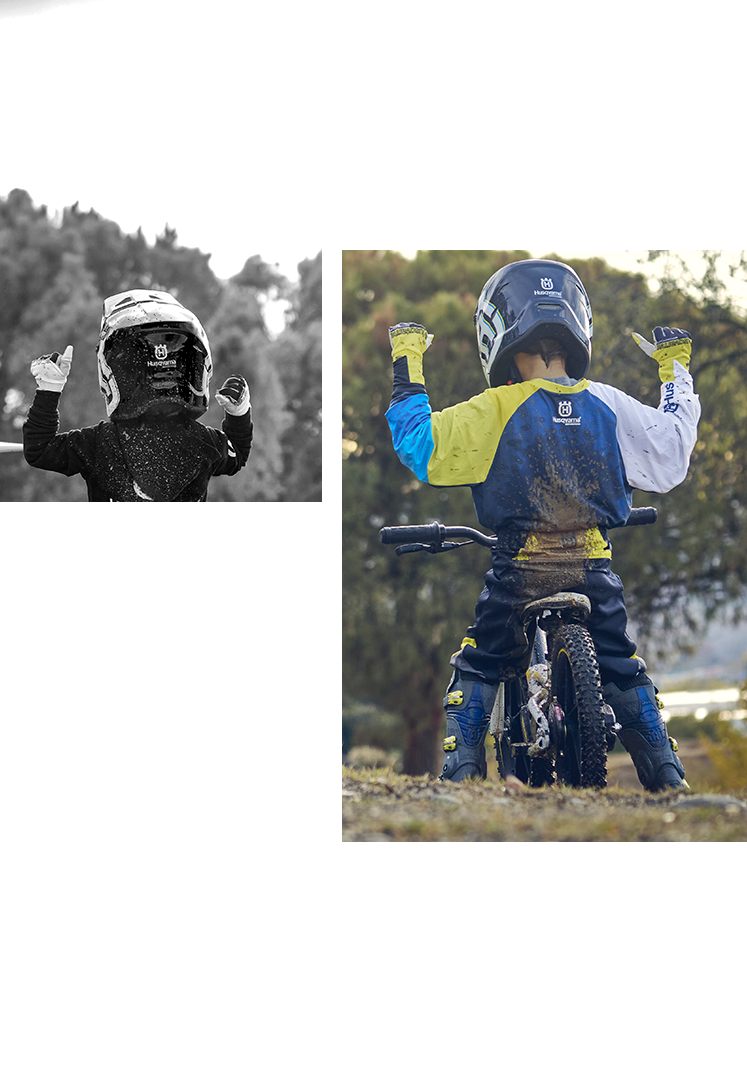One of the local bike riders from the west-coast agreed to race the machine, which were ready to be used for the 1966 season. His name was Anders Bengtsson who had little experience of racing but was considered to be a daredevil on a two-wheels. During the end of 1965, road racer Kent Andersson was also contacted which gave Husqvarna an excellent pair of riders for the new season.
The initial national championship race was to be held at Skarpnäck, just outside the Swedish capital of Stockholm. Tommy Malm had spent a lot of hours in the workshop preparing for the Husqvarna debut event. The race went very well and Kent Andersson (125cc world champion for a Japanese brand many years later) won the 250cc class while Bengtsson managed to finish third. This was of course very much out of order for a total rookie and Husqvarna was soon in the headlines on the Swedish sports papers all over the country.
This success gave the factory and team members a lot of confidence and Husqvarna continued road racing on the European continent. They were mostly successful on tight circuits where Andersson & Bengtsson would use their machines with the advantage of having good performance in combination with superior road-holding. Faster tracks were not as successful as their top-speed could never match that of their competitors'. The top result came in a local Belgian road race where the Husqvarna pair finished on top of the podium.
After the European success Tommy Malm began looking worldwide for acceptance. He contacted the organisers of the Japanese Grand Prix and not only was the team's entry accepted, but it also included expenses paid for the entire trip as well as some starting money up front.




